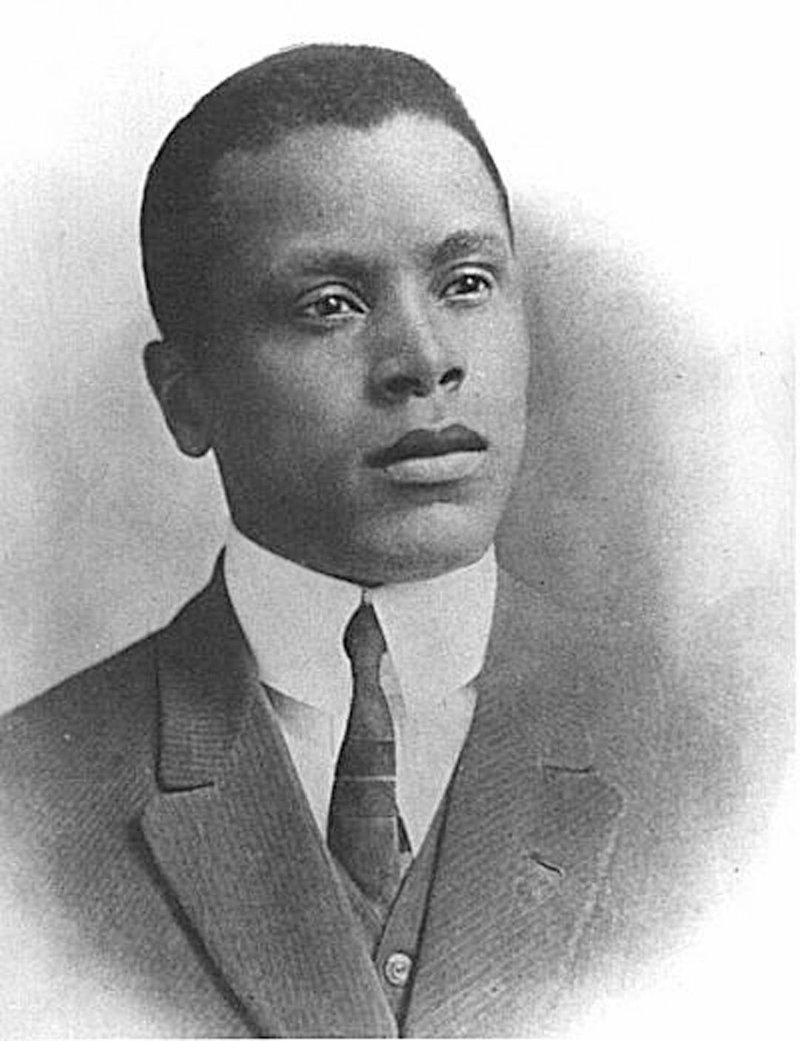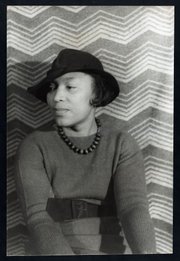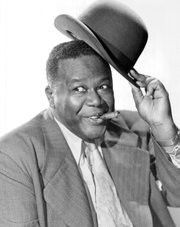As film became an increasingly popular form of entertainment during the throws of racial segregation in America, the African American cinematic experience developed its own -- now largely forgotten -- history separate from Hollywood. These "race films" were created by African Americans for their own communities -- rarely, if ever, seen by white audiences, they oftentimes weren't even shown in theaters.
"You have mainstream Hollywood happening, but then these race films are being made at the same time, taking a parallel track in the history of cinema," says Ali Demorotski with Crystal Bridges Museum of American Art in Bentonville, "until eventually they merge together into one history, and it becomes more of an open opportunity for black actors to cross over into mainstream Hollywood."
FAQ
“Pioneers of African American Cinema”
WHEN — On display through May 29; special programming during Bentonville Film Festival Tuesday through May 7
WHERE — Crystal Bridges Museum of American Art in Bentonville
COST — Free
INFO — 418-5700, crystalbridges.org
In a collaboration with the Bentonville Film Festival, Demorotski and Samantha Sigmon led the effort for a program recognizing the contributions and significance of early film pioneers. Inspired by the newly released DVD box set "Pioneers of African American Cinema" from Kino Lorber film distributor, Demorotski and Sigmon watched every film in the collection and curated a set of clips to demonstrate the unique and substantial work produced during this period.
"Our approach was to highlight three key directors from this history to encompass this evolution throughout African American cinema," Demorotski says. "We're really getting the opportunity to learn about these influential figures that we don't have as part of our kind of back-pocket cinematic discourse."
The earliest surviving silent film and earliest surviving sound films directed by an African American director are part of the package, as are rare films directed by African American women; films dealing with religious and social issues relevant to the African American community of the time; and films depicting all-black casts at every level of society, not just the service roles.
"There are certain films that are just like little milestones of history. And then we wanted to include some films that were not necessarily that historically important, but that showed the diversity of the kinds of films being made," shares Bret Wood with Kino Lorber. "We wanted to show these films were not just about race; they're funny, and they're romantic, and they have great musical numbers."
With funding help from a Kickstarter campaign, Wood was able to bring two curators on to the project to help discern which films could best tell the story of African American cinema. Archival research produced still more films, or pieces of films, that were previously largely unknown to the world and could reveal insight into the directors' processes.
"Because we felt like this was chronicling a chapter of history, we chose not to only include films that exist only in their entirety," Wood says. "These are almost like little fragmentary artifacts of history. We wanted that in there as well to give as full a picture of this era as we could because it's amazing to me that they survived."
Demorotski's and Sigmon's interest in the project aligned perfectly with the mantra of the Bentonville Film Festival in celebrating diverse voices in media. Last year's collaborative exhibition focused on still images of Hollywood women, so the goal this year was to move away from the static image.
Several films represented in the exhibition are "included in the National Film Registry. So, [the exhibition explores] the importance of adding [these films and directors] to our cultural preservation plan and really cementing them in the larger narrative of film history," Demorotski says. "They're so influential. And because these things were not being taken care of at the same rate as their mainstream Hollywood counterparts, bringing them back to [awareness] is a great, rewarding experience."
NAN What's Up on 04/28/2017


